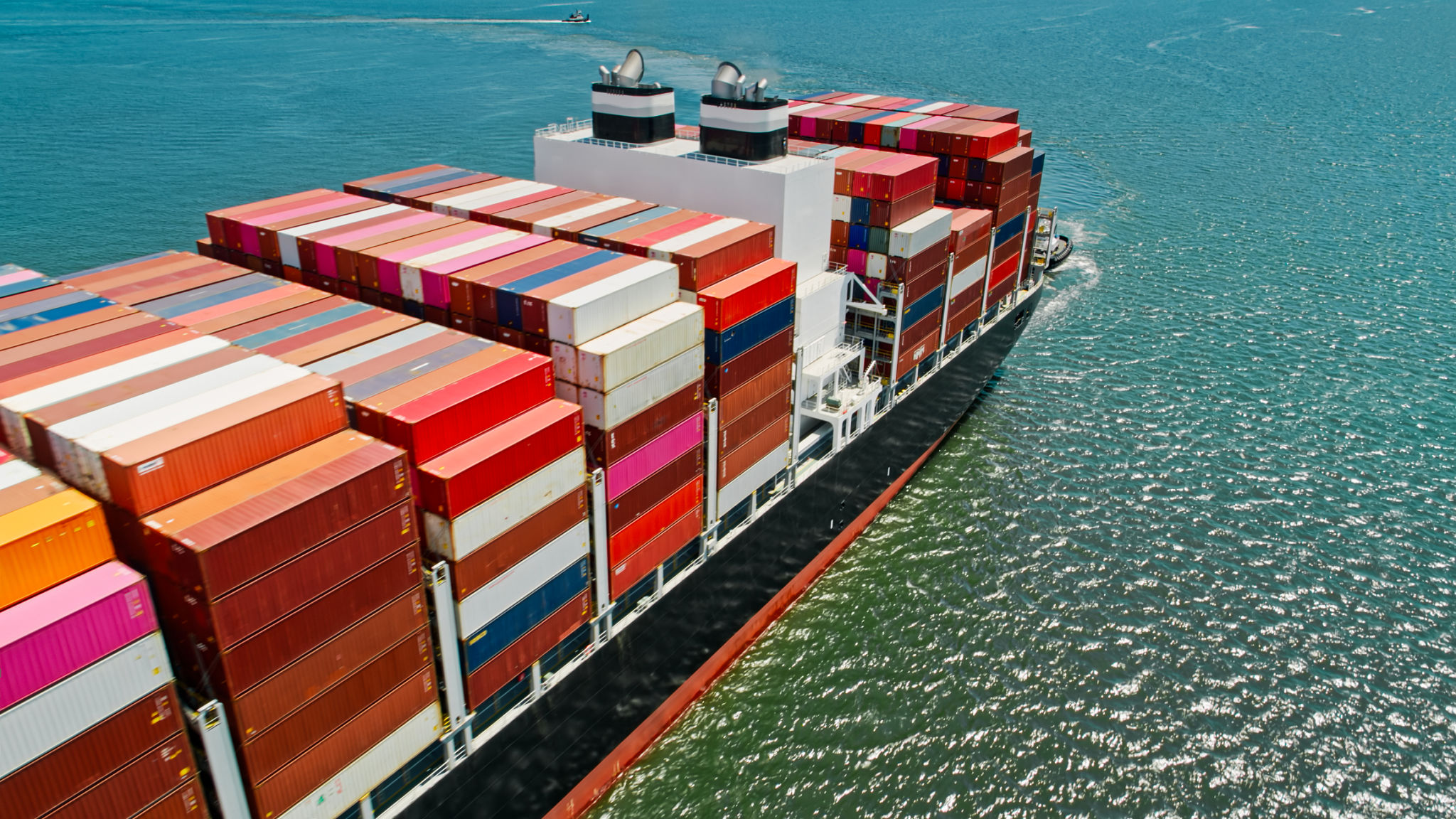Common Misconceptions About Drayage and Container Transport
Understanding Drayage and Container Transport
Drayage and container transport are essential components of the global supply chain, yet they are often misunderstood. These services are crucial for moving goods efficiently and ensuring that products reach their final destinations on time. However, there are several misconceptions about drayage and container transport that can lead to confusion or misinformed decisions.

Misconception 1: Drayage Is the Same as Long-Haul Trucking
One common misconception is that drayage is simply another term for long-haul trucking. Drayage refers specifically to the short-distance transportation of goods, typically from a port to a nearby warehouse, rail terminal, or distribution center. In contrast, long-haul trucking involves transporting goods over much longer distances. Understanding this distinction is important for logistics planning and cost management.
Drayage plays a critical role in bridging the gap between ocean freight and overland transport. It ensures that containers are moved efficiently from ports to their next mode of transport, whether it's by rail or truck.
Misconception 2: Container Transport Is Always Expensive
Another misconception is that container transport is always costly. While it's true that shipping costs can vary depending on several factors, such as distance, fuel prices, and demand, there are ways to manage and even reduce these costs. For example, optimizing container load efficiency and leveraging technology for route planning can significantly impact the overall expense.

Moreover, many companies offer competitive rates due to the volume of shipments they handle. Partnering with a reliable logistics provider can help businesses navigate these costs more effectively.
Misconception 3: Delays Are Inevitable
Many believe that delays in drayage and container transport are unavoidable. While external factors like weather conditions and port congestion can cause delays, efficient planning and communication can minimize these disruptions. Advanced tracking technologies and real-time data sharing enable logistics providers to respond swiftly to any changes, ensuring smoother operations.
Collaborating closely with transport providers can also enhance the predictability of delivery schedules, offering businesses greater control over their supply chains.

Misconception 4: All Containers Are the Same
It's easy to assume that all shipping containers are identical, but this is far from the truth. Containers come in various sizes and types, each designed for specific cargo needs. Understanding the differences between standard dry containers, refrigerated containers (reefers), and open-top containers is essential for efficient shipping.
Selecting the right type of container based on your goods' requirements can prevent damage during transit and optimize space utilization.
Conclusion: Navigating the Complexities of Drayage and Container Transport
By dispelling these common misconceptions, businesses can better understand the complexities of drayage and container transport. Knowledge is power, and in logistics, it translates to more efficient operations, cost savings, and timely deliveries. Staying informed and working with experienced logistics partners can make all the difference in navigating the ever-evolving landscape of global trade.
